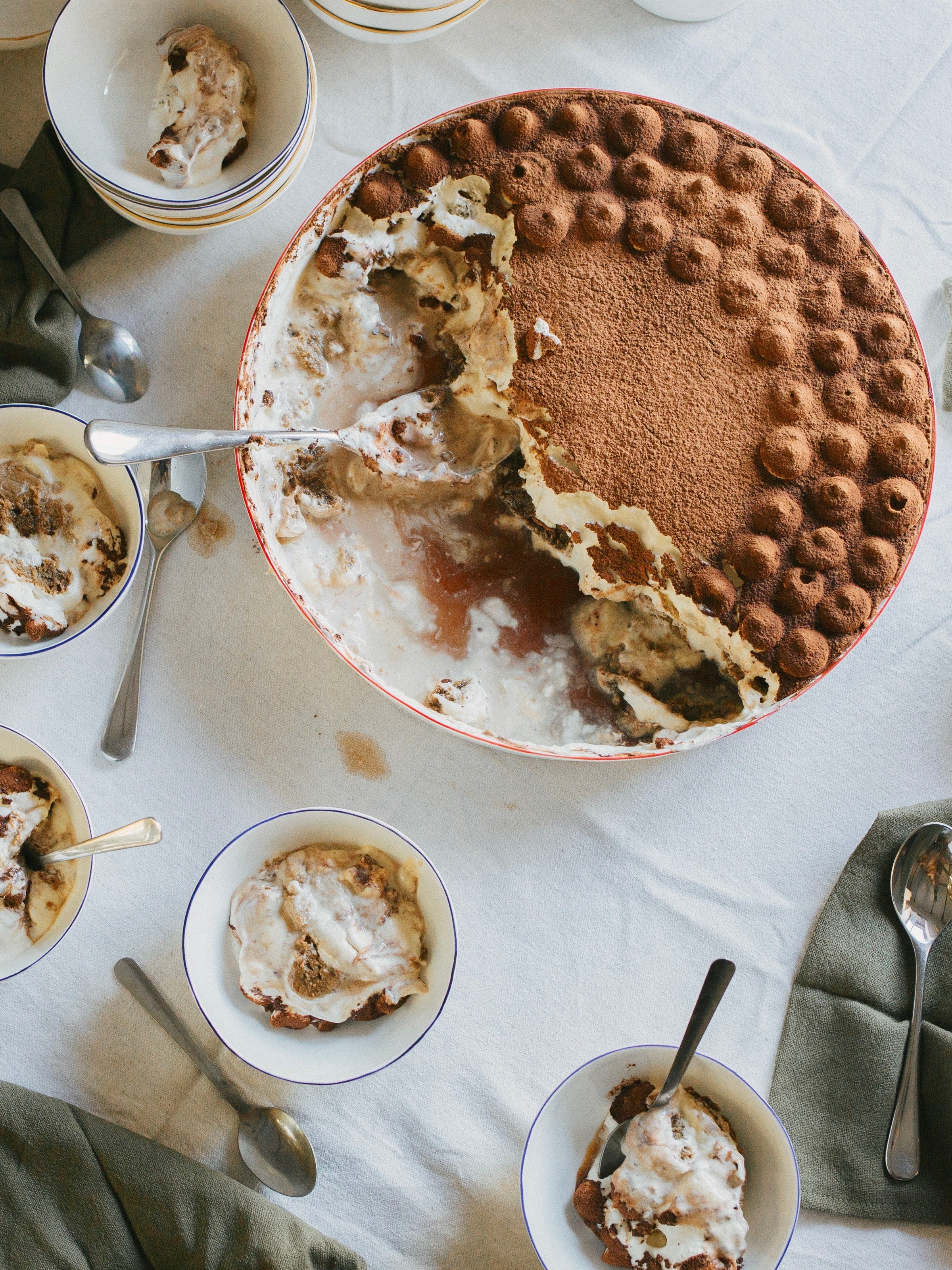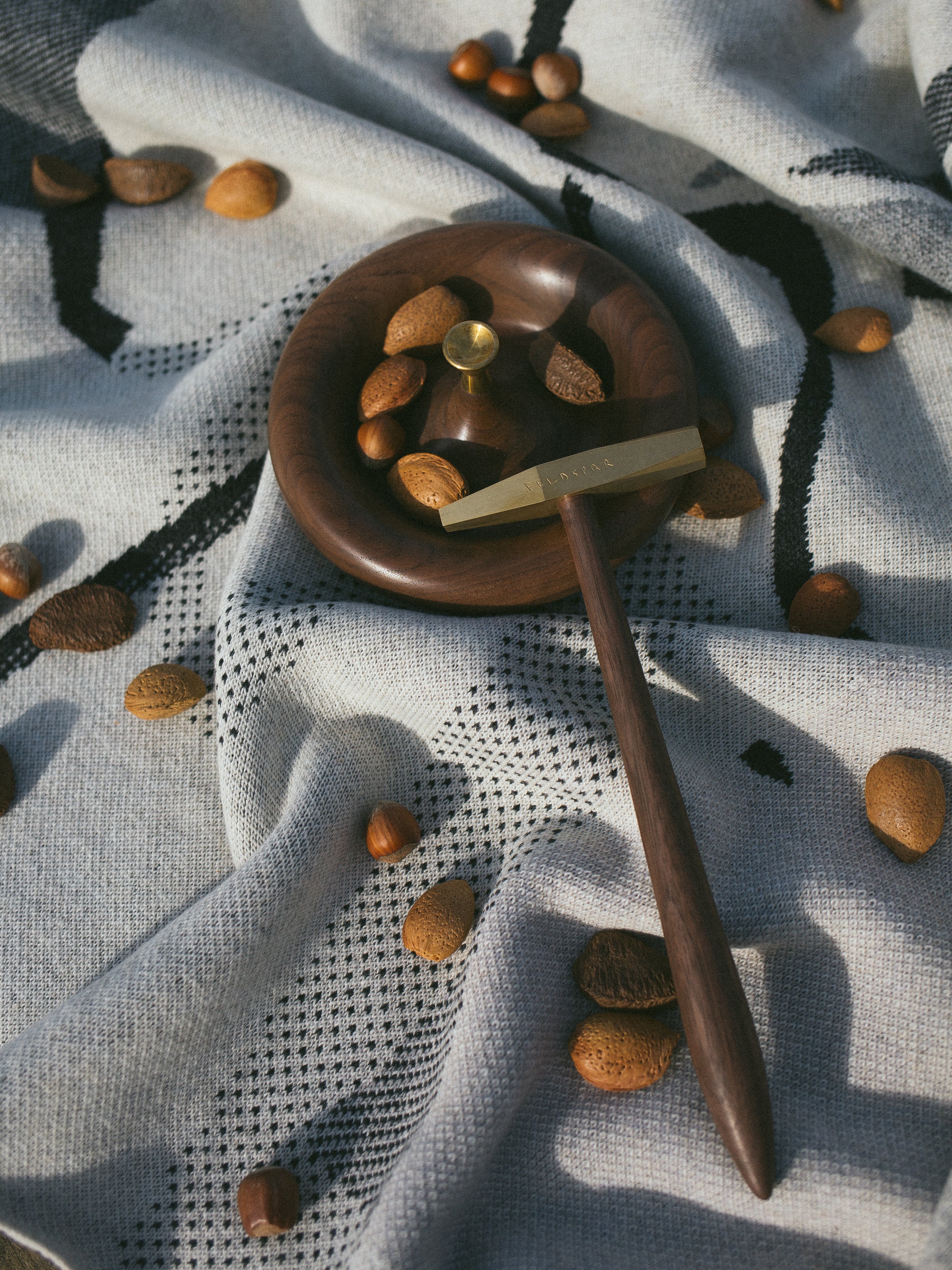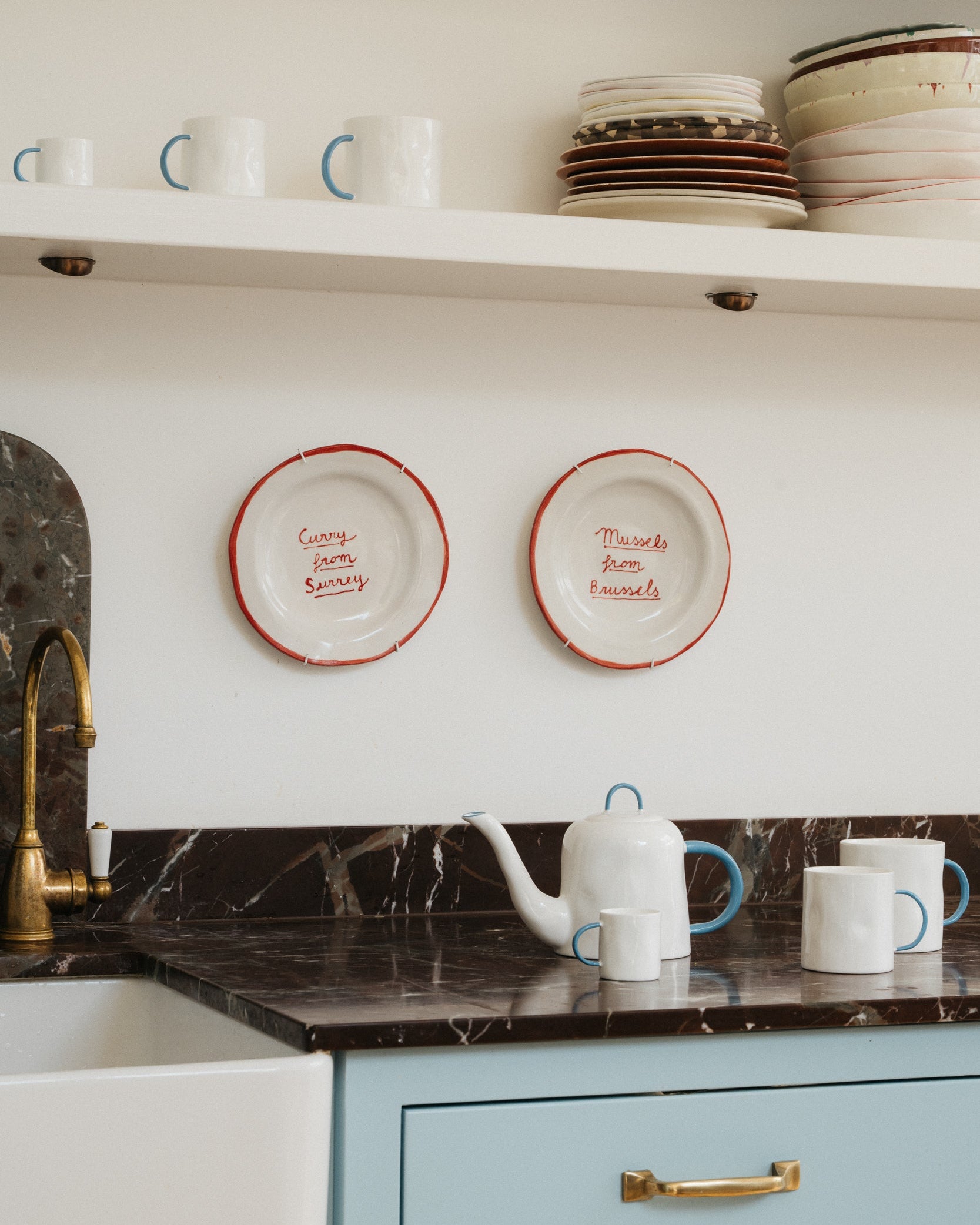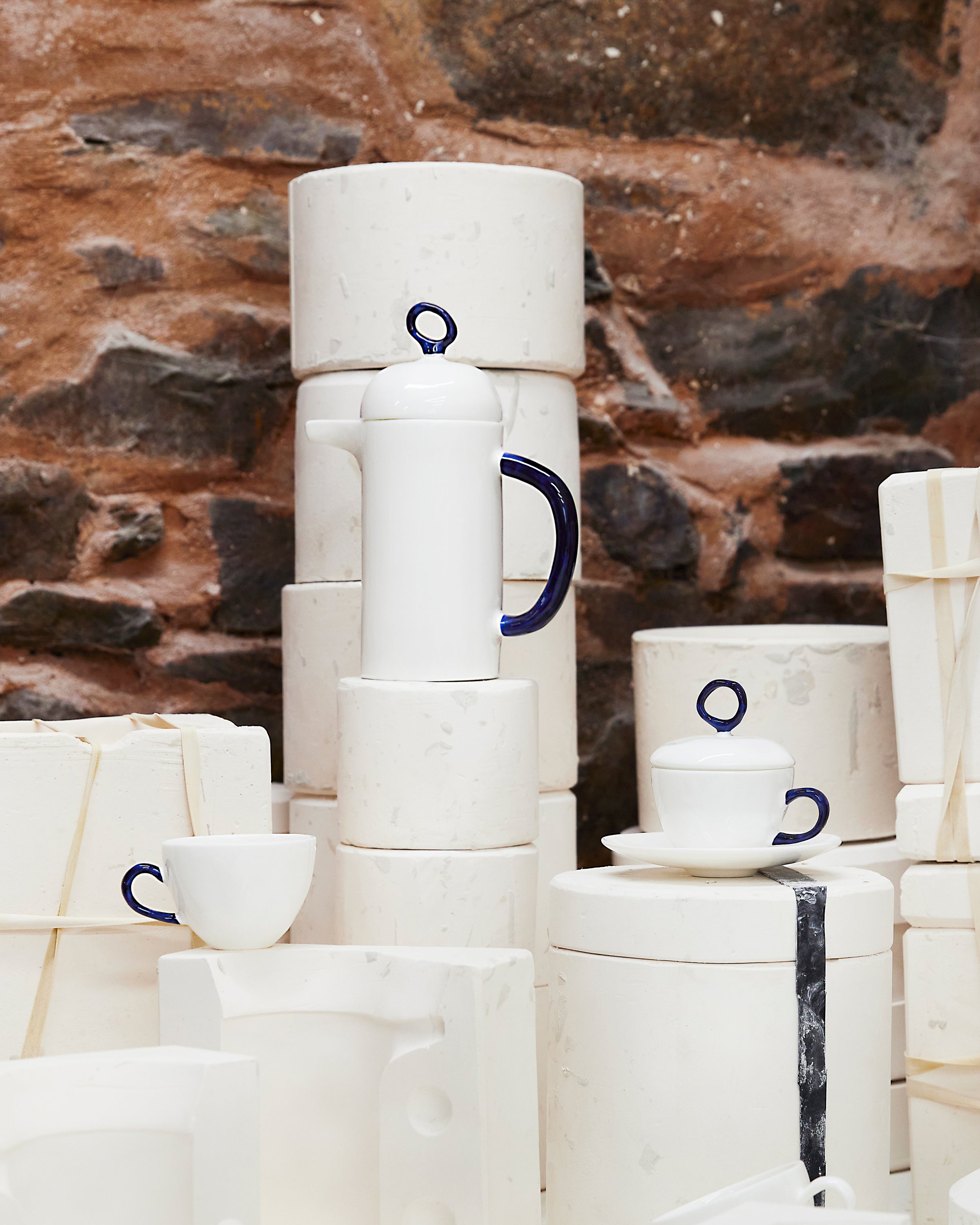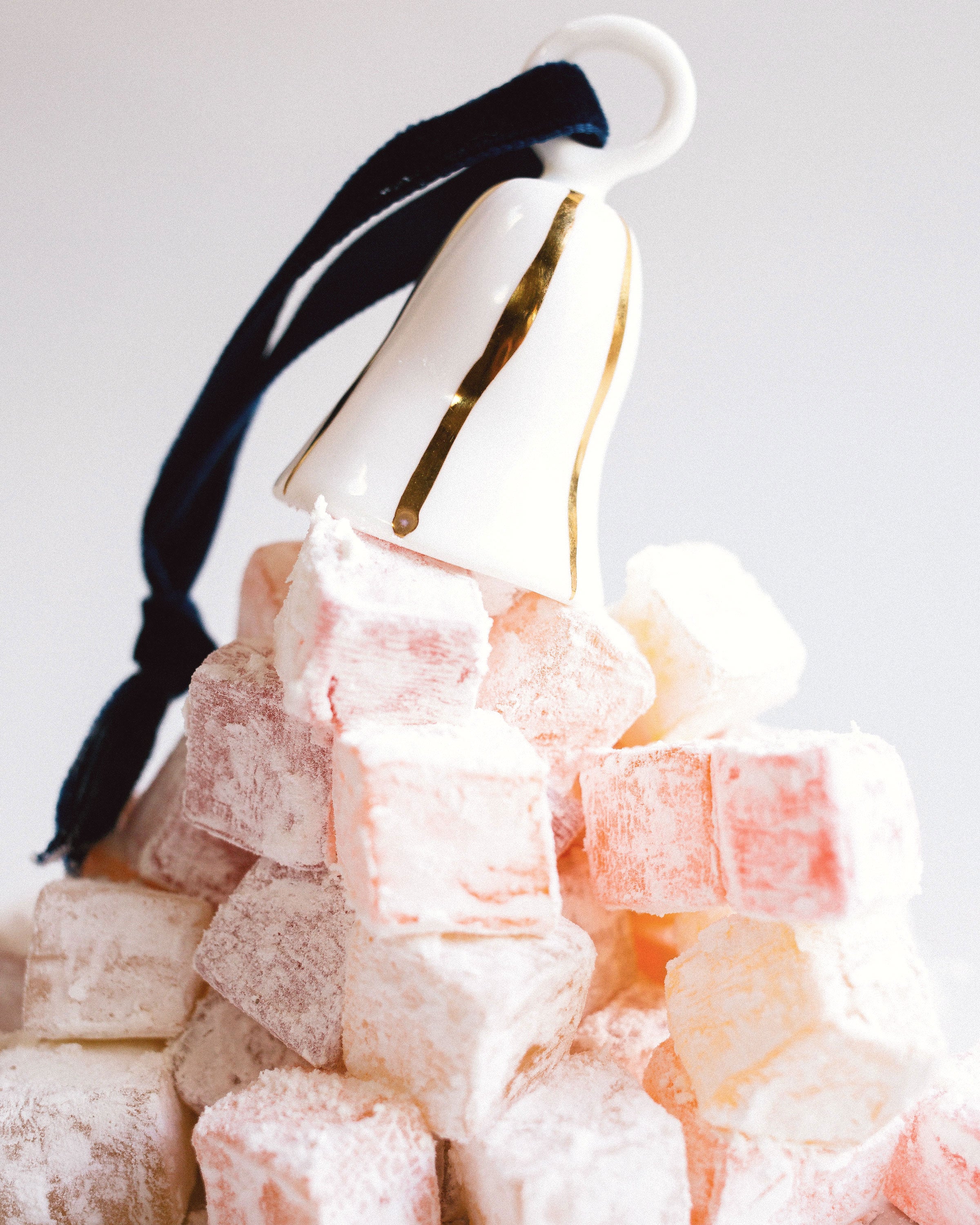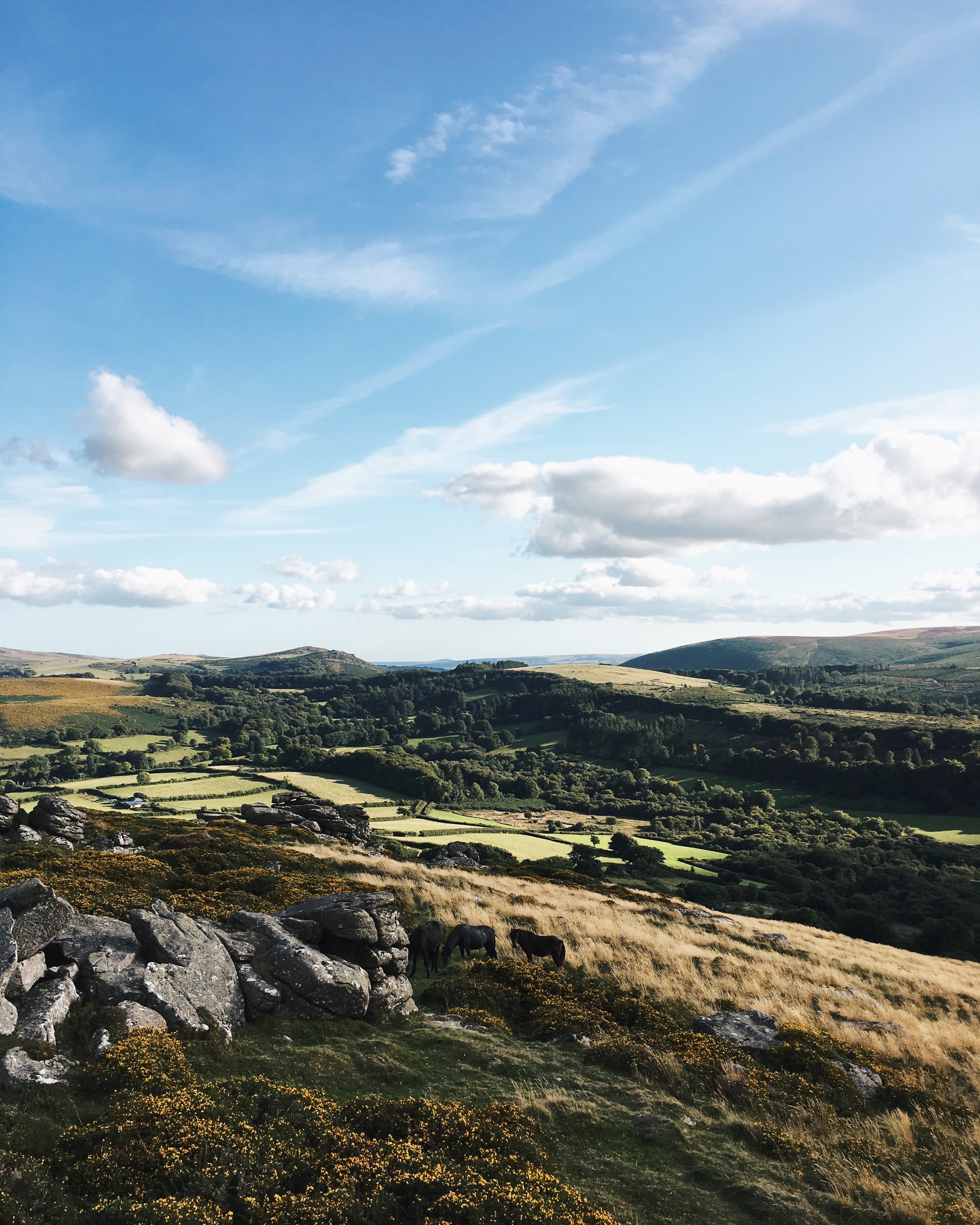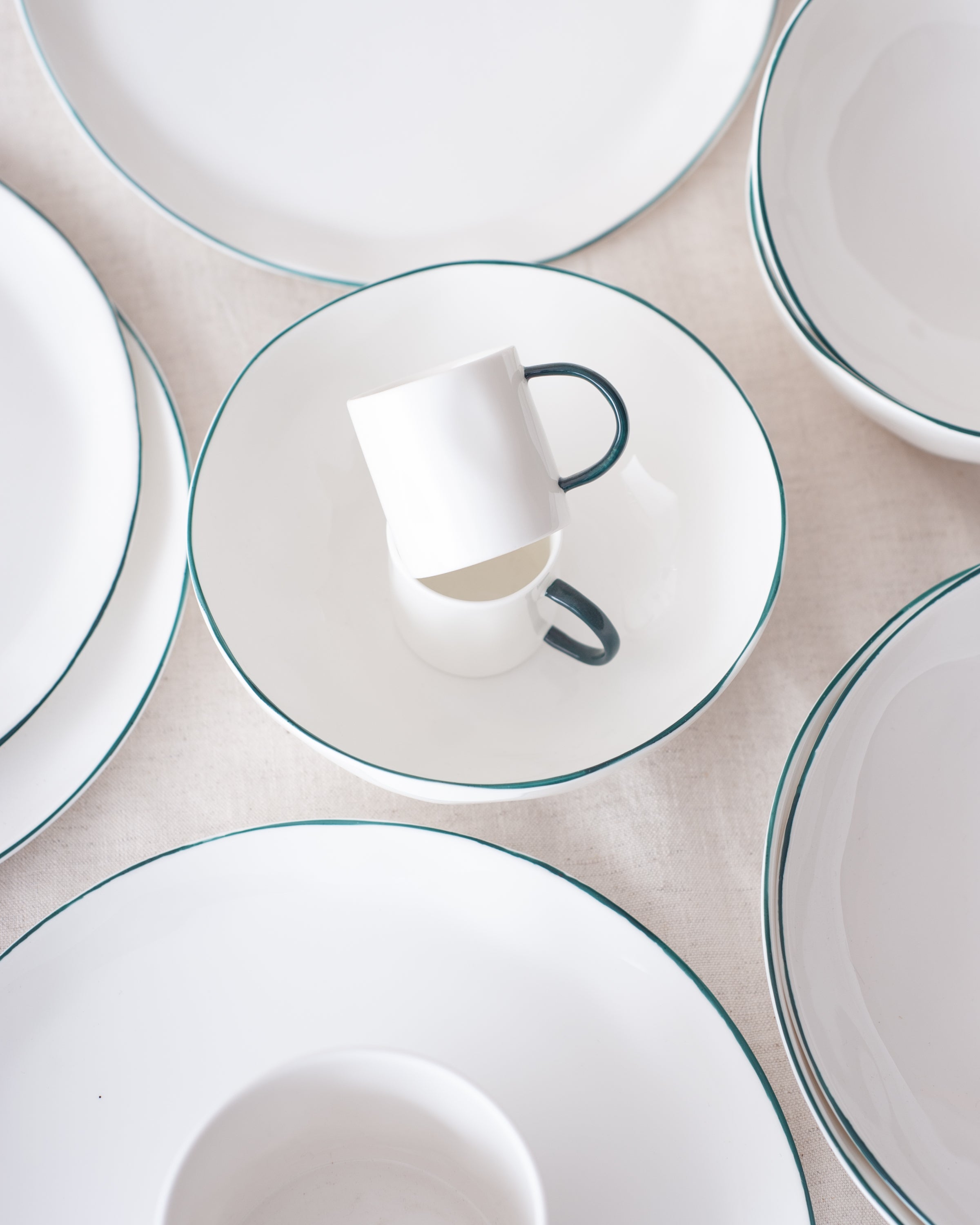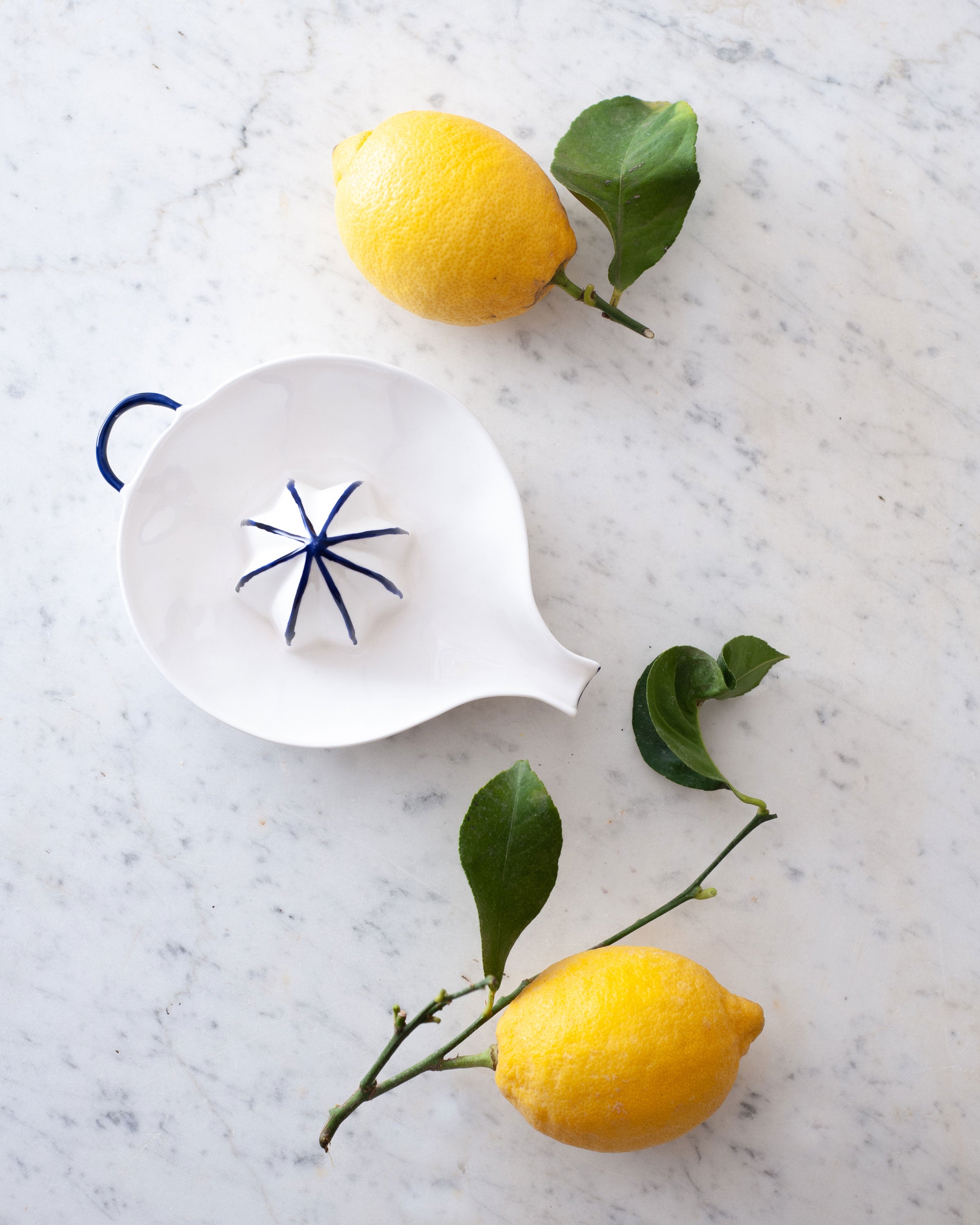My Great Great Grandpa's Cookbook: Un piatto di frittura recipe
Each month I am cooking a recipe from my Great Great Grandpa's cookbook.
As the sunshine and long warm evenings make a reappearance after what feels like a thousand days of rain, my thoughts are turning to having friends over in the garden, drinks under the oak tree, all soaked up with some home-cooked morsels. And whenever I think of something to eat with a drink (preferably under some dappled shade), my thoughts turn, inevitably, to the tradition of aperitivo in Italy. Specifically to a long weekend we spent sitting beside the grand canal drinking spritz and eating frito misto, but I’ll happily trade in Venice for the garden right now - so long as the sun is shining.
The English don’t really do aperitivo in quite the same way - canapés are reserved for formal occasions, and while a pack of dry roasted peanuts with a pint is a classic combo, it’s not quite the same. So I turned to Victor, my Italian/English Great Great Grandfather for some inspiration, and found it in his cookbook from 1873 in the chapter on ‘Frying’. Yes, a whole chapter.
He was inspired by a man from his childhood who made his living selling ‘various kinds of vegetables’ fried in oil or lard, stationed outside of a wine shop in the town where Victor grew up, Casamicciola in Ischia, the frying conducted on the spot in the open air. Trade was ‘brisk at all times’, and this frying man was a great ally of the wine shop for his offerings were ‘plentifully sprinkled with salt’. In Italy, a ‘piatto di frittura’ - a dish of fried things - seldom fails to appear at most tables, according to Victor. The things fried are ‘too numerous to mention’, among them the leaves and flowers of borage, courgette flowers and white acacia, sliced marrow, potatoes, celery, artichokes, and so on.

Victor’s instructions for the frying are detailed - the fat should be plentiful so that they ‘swim in, and are completely surrounded by it’, and only such things that do not require long frying should be fried in oil - lard is ‘unquestionably’ the best for both its ability to reach high temperatures as well as its economy, according to Victor it can be reused ‘for weeks’. He details a jar storage system for saving leftover lard (sweet, savoury and dripping), but as I don’t much fancy lard I’m just going to use what I have handy - sunflower oil. The oil should be hot enough that the vegetables are ‘surprised’ by it, a good frying ‘depends upon the surprise - i.e. the fat being hot enough’, which I think is an excellent way to describe it - it is essential that things are not soaked in it.
He recommends a light batter - of which another entire chapter is devoted, with eleven separate recipes for batters. The simplest (and one of the only ones not containing brandy or rum) is to mix ‘equal parts of milk and of vinegar and water, with sufficient flour to make a batter, and a pinch of salt, thoroughly mixed up and well beaten’, which smells very vinegary but works a treat - I mix it to the consistency of pancake batter and add pepper too, which I’m not sure makes any difference but seems like a good idea.
Victor writes how it is important it is that things are free from as much moisture as possible, so I patted dry all my cut up veg before dusting it in flour and dipping in the batter. I found longer things much easier to handle - the broccoli and asparagus were ideal, as you can hold the end to dip. Much easier than navigating a spoonful of smaller items. Then drop into the hot oil for a matter of seconds, until the batter has crisped and browed slightly, and scoop out with a slotted spoon to leave to dry on kitchen roll (or blotting paper, in Victor’s day). Season, open a cold beer and enjoy - preferably under some dappled shade. Delicious.

THE RECIPE
- Vegetables - whatever is in season and to hand. I used asparagus, purple sprouting broccoli, courgette and radishes. Other good ones to try are olives, capers and edible flowers
- Plain flour
- Vinegar (I used red wine vinegar)
- Oil (or lard) for frying - I used sunflower oil
Cut vegetables into finger-food size pieces, thinner if things need softening. Mix equal parts milk (200ml) and of vinegar (100ml) and water (100ml) and then enough flour until you have a good consistency. Season your batter however you wish. Pat dry your cut up vegetables, dust them with flour and drop into the batter before putting (carefully) into the very hot oil - test it with a piece of bread, it should turn it golden in seconds. Take out after a few seconds when the batter has crisped and browed slightly, and scoop out with a slotted spoon to leave to dry on kitchen roll (or blotting paper, in Victor’s day). Season plentifully, open a cold beer and enjoy - preferably under some dappled shade. Delicious.







